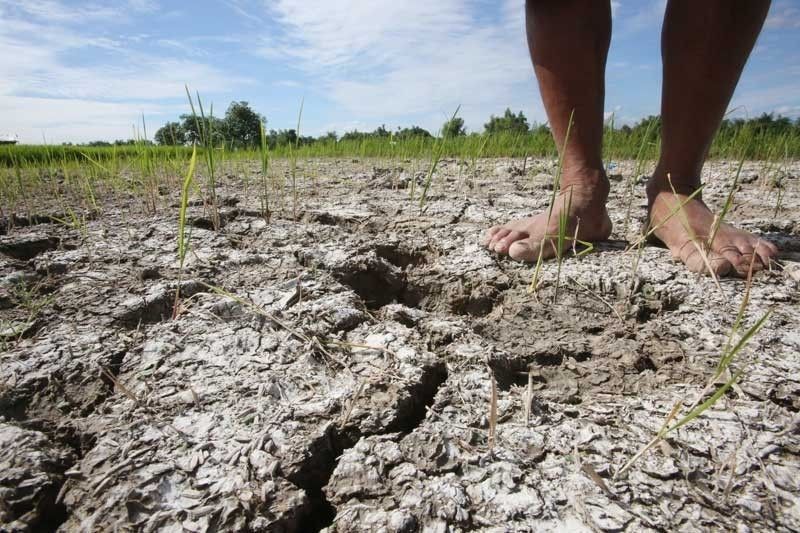Philippines better prepared for El Niño in 2019

MANILA, Philippines — The Philippines would be able to respond better to the challenges posed by the possible occurrence of El Niño this year because of lessons learned during the drought of 2015-2016, the National Economic and Development Authority (NEDA) said.
NEDA Undersecretary Rosemarie Edillon said based on the recent update provided by PAGASA to the agency, the chance of an El Niño occurring has risen to 70 percent.
In September, the weather bureau warned of a 65 percent chance of a dry spell occurring in the first quarter of 2019.
El Niño refers to above-average sea surface temperatures in the central and eastern tropical Pacific Ocean and is associated with below normal rainfall.
“It has been very slowly progressing. We were expecting El Niño to hit sometime in December, but as you know, we had rains in December. Still, it helps to be very prepared,” said Edillon in a briefing.
“The latest update I got was the DA (Department of Agriculture) already created a task force,” she added.
Assistant Secretary Mercedita Sombilla said concerned agencies like the DA are expected to enhance its coordination with PAGASA so interventions can be put in place and funded at the proper time so as not to repeat mistakes in the 2015-2016 El Niño when interventions were not targeted and not funded properly.
This, she noted, lead to huge losses in rice and corn production in Mindanao largely because farmers were not advised and assisted in early planting and harvesting of crops.
“With this, there is now greater coordination between DA and PAGASA and so they will be able to immediately put in place interventions,” she said.
Sombilla also appealed to PAGASA to immediately pinpoint areas that would be immediately affected by the dry spell.
Edillon said the drought of 2015-2016 brought to the surface problems in the country’s response mechanism to slow-occurring disaster.
“After we had that experience, we documented all the lessons learned and we saw the shortcomings of our disaster preparedness institutions in taking care of what we call slow-onset disaster or phenomenon,” she said.
Among these is the absence of quick response funds (dedicated to responding to the brunt of El Niño.
“We have quick response funds (QRF) in agencies but these are to rehabilitate destroyed infrastructure (in times of disaster). But with El Niño, we don’t have such damage to infra so that’s the problem with the QRF. There they are too detailed and too specific and they cater only to infrastructure damage,” she said.
“So this is what we hope will be taken on as well,” she said.
- Latest
- Trending

























